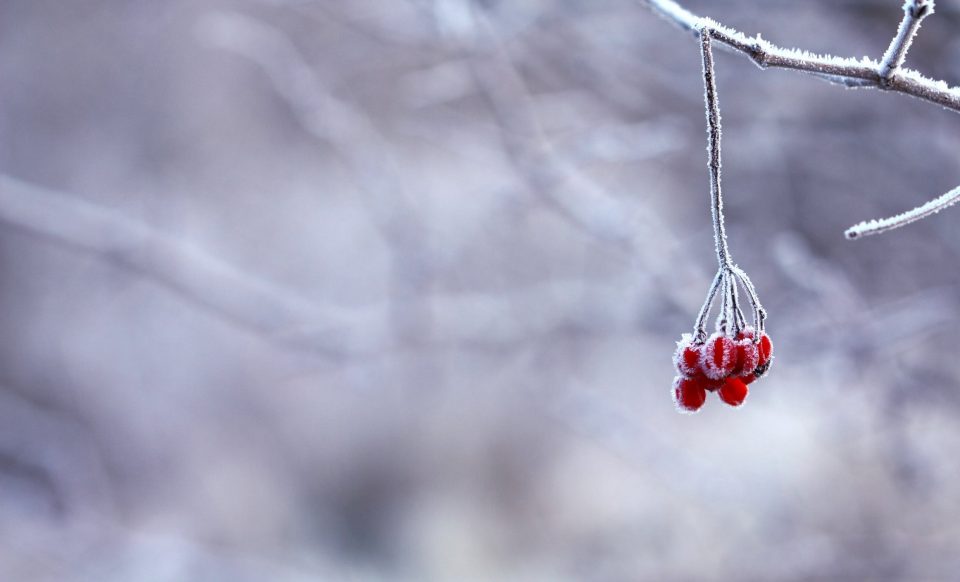Though trees are dormant through the winter, they are not shielded from the elements such as a hibernating animal that pops in for a cozy place. Trees fully experience the raw condition of the chilly season.
Wintry conditions are stressful for trees, particularly the ones that have just been recently planted or the younger trees which lack the necessary defense mechanisms like a good root system or strong, thick bark. Discover how to protect trees and let them survive the winter in Melbourne and flourish in years to come.
Why is pruning significant?
Long-term pruning management will guarantee your trees continue to present the aesthetic worth and function they planned. Proper pruning, when done carefully, can improve the attractiveness and health of your trees, while reducing the possibility of loss of limbs or other problems during winter storms.
Pruning trees and shrubs is a yearlong commitment for us at Beaver Tree Services, as well as every passing month, the approaches we use to prune trees safely and efficiently experience changes. As you probably know, Australian climate could be very stressful. However, just how and when exactly should we approach our trees' midyear pruning?
After the Cold Leaves
In other words, late winter is the ideal time for pruning for the reasons individuals may not normally expect. This mid-August interval is not as concerned with shearing branches and much more with all the prolonging of a shrub's survivability until the following winter season. It helps to diagnose the tree's disease following the four seasons have gone by, and pinpoint which portions of the tree require trimming the maximum, or those which need structural corrections.
Jeffrey Ward, a professional arborist had said that new expansion in trees starts in late summer. As sap starts to flow, there's hidden formation of fresh bark cambium and fresh vascular tissue at the tree.
Since the Leaves Spring
The existence of sap provides us with information concerning the tree's inner structure. The understanding of this is important because the plant preparing to flourish for spring is essential for individuals arborists to determine the way to prune the shrub, and also what additional weak points it can have.
It's simpler for us to identify and fix defects like cracked or crossed branches throughout late winter. As expansion resumes, trees start to develop the callus tissue, which gives us a clue of how to work with the tree's natural recovery process before spring starts.
Before winter finishes, we will need to have completed trimming the tree down to size. This enables them more space to grow for the months after. It also guarantees they are in best condition to endure the diseases and the unpleasant weather the subsequent three seasons will bring.
Safeguard
Rabbits and small rodents really like to gnaw the bark on young trees. Typically they will destroy the inner and outer bark, exposing internal timber. If gum damage happens halfway around the back, the tree probably won't last. Block rodents by protecting trunks with plastic tree guards, beginning from the base and working upwards. Remove the wrapping in the spring. Another option is to cage trunks with stainless steel wire mesh panels, which will also prevent people, deer or other larger animals from rubbing against the trunk.
Any cloth materials (eg old sheets, drapes, shade cloth) can do in a pinch, but for your information, there is a specialized material referred to as 'suspend fabric ',''horticultural fleece' or 'thermal controller cloth'. Draping frost cloth over trees or shrubs and fastening it to the floor with bricks helps to trap heat that is accumulated in the soil throughout the day and releases it slowly through the night, preventing frost creation. It may be left for extended intervals, night and day since it permits rain and roughly 70 percent of light in.
On a warmer day, the ground will accumulate warmth. Overnight, the soil will eliminate heat as air temperature drops. The concept of these covers is to trap the heat from the ground and keep warmer air down around the plant, thus preventing the rapid surface cooling conducive to frost formation. The second prong for this way is the cover itself becomes the surface where the moisture dissipates, in place of the plant cells.
'Upcycled' covers should frequently be folded back or taken off during the day-time so that light can get to the plant. This is also done to protect against overheating which could easily occur under vinyl or plastic. The benefit of this commercially available frost-cloth is the fact that it may stay over the crops for extended intervals if needed: it will offer an insulating coating whilst still permitting at least 70% light transmission; also, unlike vinyl, it allows air and rain to permeate through. These covers usually need frames for it. Opt for stronger frames made of steel, which are produced locally in a steel fabrication facility in Dandenong.




